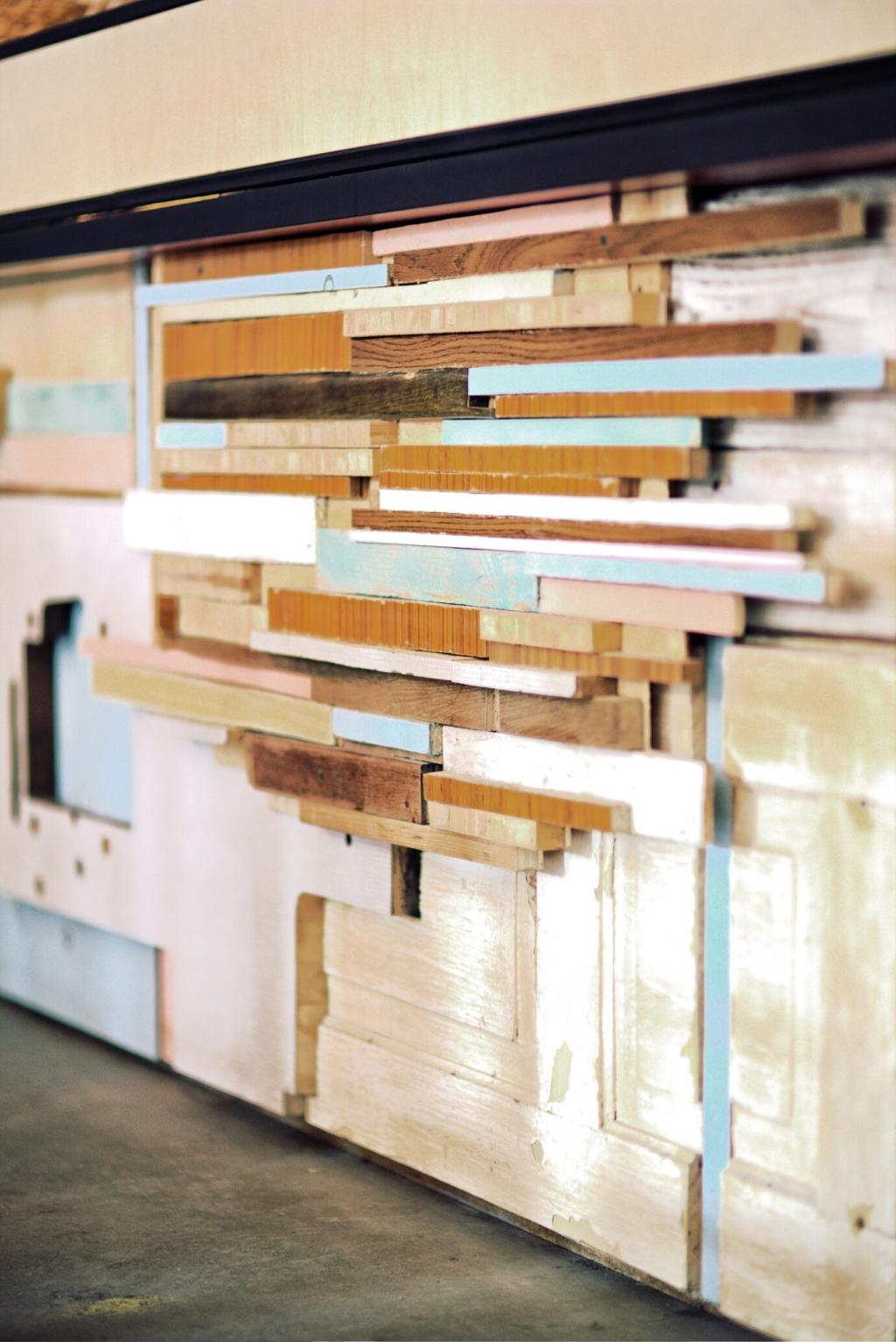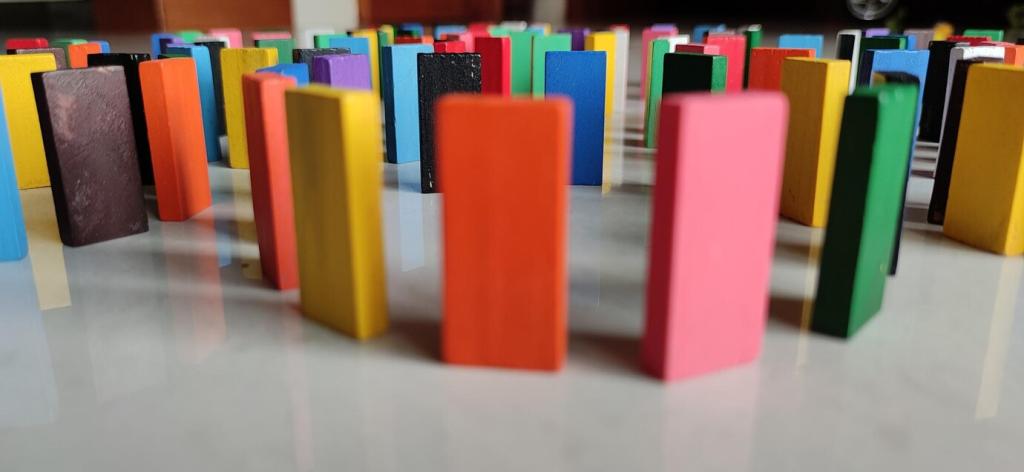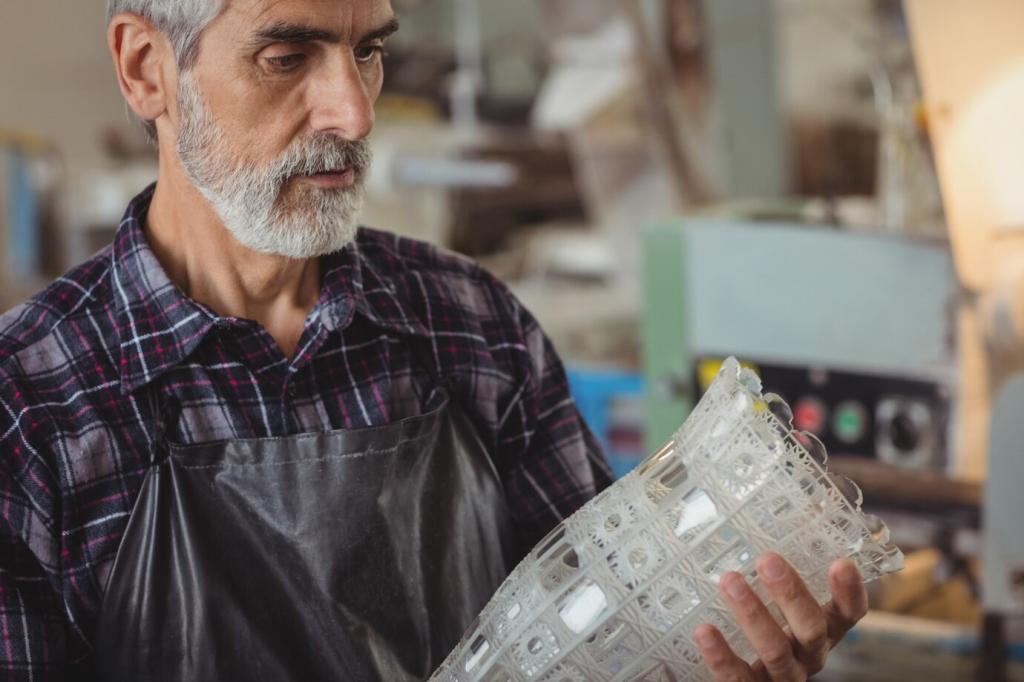Guide to Bathroom Renovation Materials
Chosen theme: Guide to Bathroom Renovation Materials. Dive into a clear, inspiring walkthrough of the smartest, safest, and most beautiful materials for your next bathroom makeover. Explore real-world tips, honest lessons, and practical ideas—then share your plans and subscribe for more hands-on insights.



Tiles and Surfaces: Porcelain, Ceramic, and Natural Stone
Porcelain’s low water absorption makes it exceptionally moisture-resistant, ideal for floors and shower walls. Ceramic is easier to cut and often more affordable. A homeowner told us their porcelain floor survived a dropped wrench—only the grout needed touch-up. What will you choose?
Tiles and Surfaces: Porcelain, Ceramic, and Natural Stone
Marble, travertine, and slate deliver timeless depth, but demand sealing and careful cleaning. One reader regretted skipping a penetrating sealer after hair dye stained a marble vanity. If you love stone, plan a care routine and share your sealing tips below.
Waterproofing Essentials: Membranes, Backer Boards, and Sealants
Sheet membranes offer consistent thickness and reliable seams when installed with care, while liquid-applied systems excel at odd shapes and niches. A DIYer messaged us that their first liquid coat was too thin—waterproofing needs coverage checks. Curious? Comment for our thickness checklist.

Flooring Choices That Resist Water and Wear

Luxury Vinyl Tile and Plank in Wet Zones
Modern LVT/LVP offers waterproof cores, cushioned underfoot feel, and convincing stone looks. A reader with toddlers praised easy cleanup after bath-time floods. Be sure to verify bathroom suitability and seam sealing. Tried it yourself? Tell us how your planks handled real-life splashes.

Slip Resistance and COF Ratings
Look for tiles with textured surfaces or higher COF ratings for wet floors. Small mosaics add traction via many grout lines. After a slip scare, one homeowner swapped glossy for matte porcelain and felt immediate confidence. Ask us about safer finishes for your space.

Radiant Heat Compatibility and Underlayments
Porcelain pairs beautifully with radiant heat, while many vinyl products require specific temperature limits. Underlayments reduce noise and improve comfort. A chilly basement bath became cozy after installing heat mats beneath tile. Interested in energy-efficient warmth? Subscribe for our radiant pairing guide.
Quartz, Solid Surface, and Sintered Stone
Quartz resists stains and offers consistent patterns, solid surface allows seamless sinks, and sintered stone excels at heat and scratch resistance. One designer swears by sintered slabs for family baths. Which countertop best matches your cleaning style? Share your shortlist with us.
Plywood vs. MDF in Humid Rooms
Marine-grade or high-quality plywood resists swelling better than MDF, especially at cut edges. Still love MDF’s smooth paint? Seal thoroughly and elevate cabinets off floors. A reader avoided toe-kick damage with rubber feet. What cabinet core are you considering—and why?
Moisture-Resistant Finishes and Edge Profiles
Conversion varnish, polyurethane, or factory-cured finishes protect wood in damp spaces. Rounded edge profiles help water roll away. One homeowner added a micro-bevel to reduce drip lines. Want a finish durability checklist for your installer? Comment “finish guide” and we’ll send it.
Fixtures and Metals: Brass, Stainless Steel, and Coatings
Solid Brass vs. Zinc Alloys
Solid brass internals resist corrosion and extend faucet life, while zinc alloys keep costs down for light-duty parts. A plumber told us failing zinc threads caused a slow leak. Considering lifespan vs. price? Ask us about where brass matters most in your bathroom.


PVD, Powder Coat, and Living Finishes
PVD coatings deliver excellent scratch resistance for brushed or matte looks. Powder coat suits bold colors. Uncoated brass develops a living patina. A client loved how patina echoed vintage lighting. Which finish fits your style story? Share your inspiration photos below.
Adhesives, Grouts, and Caulks That Last
Use polymer-modified thinset for floors and wet areas; reserve mastic for small, dry-wall projects. A weekend DIYer learned this after tiles slipped in a steamy shower niche. Need a simple chart for adhesive selection? Comment “adhesive chart” and we’ll share our printable.

Adhesives, Grouts, and Caulks That Last
Cementitious grout is economical but needs sealing; epoxy resists stains and chemicals; urethane offers flexibility and pre-mixed convenience. A parent loved epoxy under kids’ bath crayons. Curious about color consistency and joint size? Subscribe for our grout color and joint calculator.
Glass, Showers, and Enclosure Materials
Tempered Glass Thickness and Safety
Common shower glass thicknesses are 3/8 and 1/2 inch, balancing rigidity with weight. Tempering increases safety by crumbling into small pieces. A reader felt sturdier doors reduced rattling. Debating thickness vs. hardware cost? Share your layout for personalized suggestions.
Frameless vs. Semi-Framed Systems
Frameless doors showcase tile work and feel luxurious, while semi-framed options improve sealing and budget control. An installer noted frameless needs plumb walls for clean gaps. Which look and maintenance level suit you? Comment your preference and we’ll recommend compatible hinges.
Water Spots, Coatings, and Maintenance
Factory-applied hydrophobic coatings reduce mineral spotting, especially with hard water. A family installed a softener and wiped doors after showers—spotting nearly vanished. Want a maintenance routine that takes under two minutes? Subscribe for our quick-clean checklist.

Sustainable and Healthy Choices
Low- and zero-VOC products reduce odors and off-gassing, making post-renovation air easier to breathe. One sensitive homeowner noticed fewer headaches after switching. Curious which certifications truly matter? Ask for our quick guide to third-party labels and we’ll email it to you.
